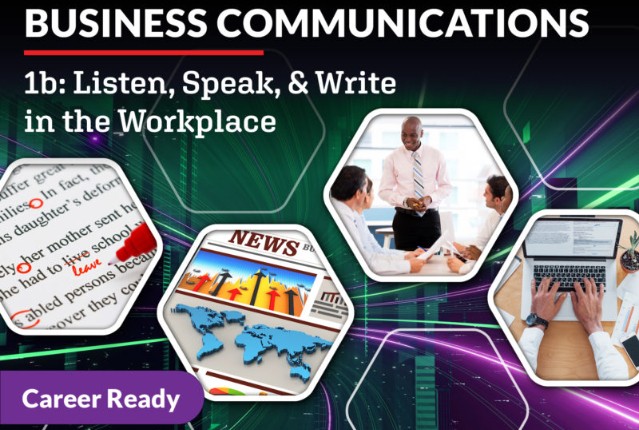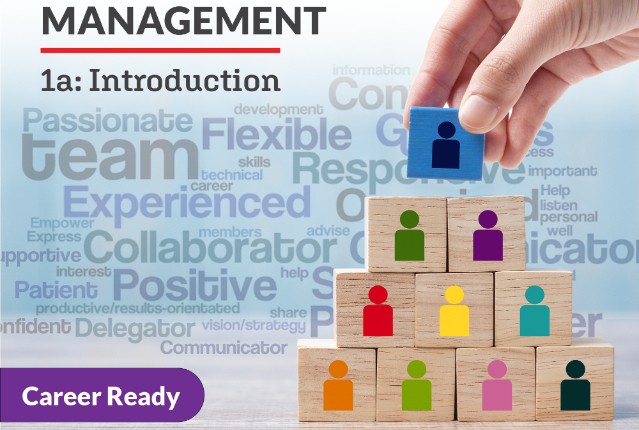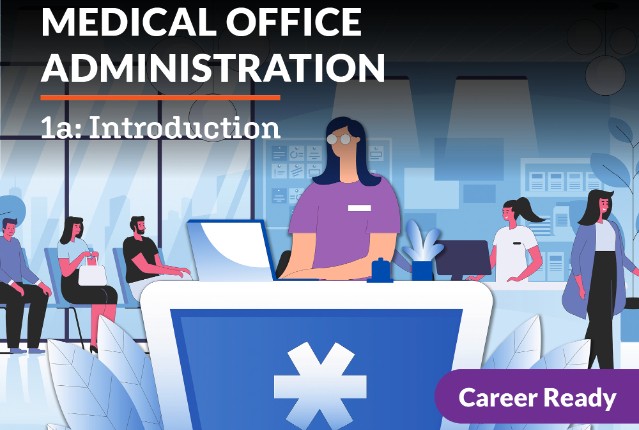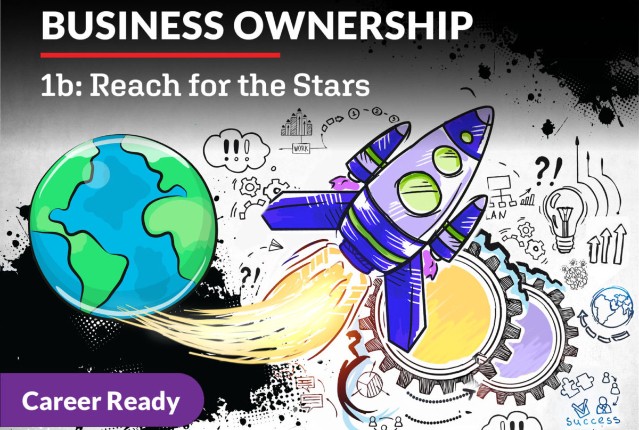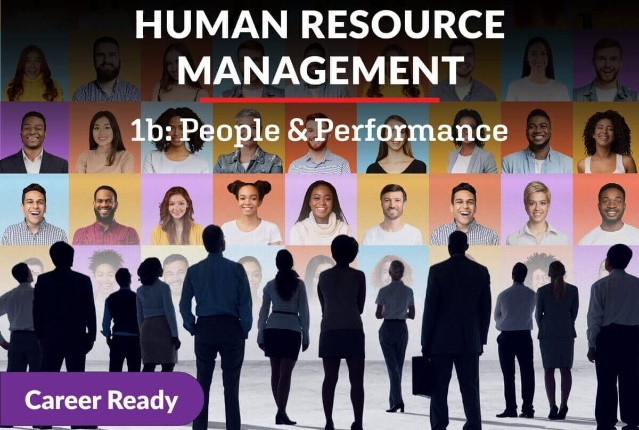
Human Resource Management 1b: People & Performance
You’ve learned the basics about the critical role HRM plays in business’ success, and now it’s time to dive deeper into the role’s main responsibilities from a practical perspective. In this course, you’ll step into the shoes of an HRM professional and explore key duties such as onboarding, training and development, retaining and terminating employees, safety and risk managements, company communication, and more! You’ll also learn about different career opportunities in the field of HRM, develop collateral based on real-world scenarios involving HRM tasks and responsibilities, and the role of HRM in a global environment. Let’s get started!
Review course outlineAccess for a year
USD 299.00*
* Choose more courses to get a discount
